#aegagrus
Text

Wild goat Capra aegagrus
Observed by loggi, CC BY-NC-SA
39 notes
·
View notes
Text

A kri-kri ibex at Samaria Gorge, Crete.
Capra aegagrus creticus
© Wannes / Wikimedia Commons
#wannes#photographer#wikimedia commons#kri-kri ibex#ibex#animal#mammal#wildlife#nature#samaria gorge#crete#capra aegagrus creticus
20 notes
·
View notes
Text

the goatherd, the dragon.
drawn in intrinsic. she's played by @emberpanda in our D&D campaign
#sunny aegagrus#shining lights campaign#dnd#Sunny is REALLY BADASS y’all. And she’s a secret dragon (fire-breathing demon goat)#for the vivian fans: meet her match in professionalism in detecting!!#my art
14 notes
·
View notes
Text
@aegagrusscholarship got me a little too hardcore into madness combat.
ended up drawing a mini comic of my angry little shit of an OC as a Nevadan.

#madness combat#comics#obelisk#curse you and your excellent nuzlocke aegagrus#i wasn't expecting to get this into madcom
0 notes
Text



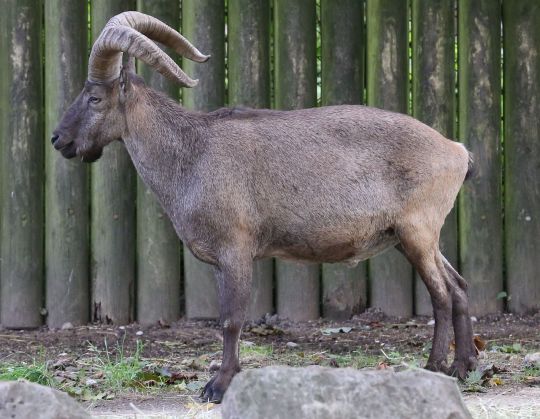



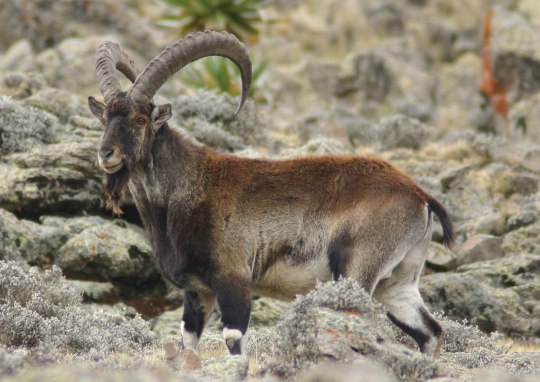
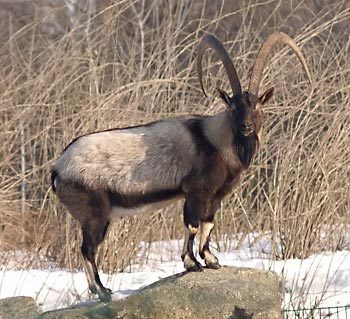

#poll#random polls#poll time#my polls#tumblr polls#polls#tumblr poll#fun polls#polls on tumblr#polls are fun#goat#goats#animal#ibex#alpine ibex#nubian ibex#Siberian ibex#Capra sibirica#Markhor#Capra falconeri#Alpine Ibex#Capra ibex#East Caucasian Tur#Capra cylindricornis#West Caucasian Tur#Capra caucasica#Iberian Ibex#Capra pyrenaica#Nubian Ibex#Capra nubiana
118 notes
·
View notes
Text
Charles Coven tapped his fingers on the desk.
He had been waiting the whole morning for results on their newest experiment.
He didn’t like waiting.
Time was money, after all, and he liked being as productive as possible.
He switched between checking emails and playing Solitaire in frustration before a frazzled employee came in.
He brought up their name on his monitor.
Jae, Assistant Researcher in Extradimensional Affairs
This name would promptly be forgotten in 15 minutes.
“Hey hey there, Jae! Nice to see you! Name’s Charles, but I’d like you to call me Chuck.” He flashed his award winning smile. “How’s Project Aegagrus been going, hm?”
The researcher fidgeted with the buttons on their white lab coat and swallowed. “Um…well, sir, technically done but, um…”
“Yes, yes? Out with it!”
Jae found this as a good opportunity to stare at the floor. “It’s been stolen.”
Charles’s smile fell away quickly, clenching his fist in angry shock. “What? When? How could they get past our security?”
He clicked buttons at a rapid pace to bring up their security cams.
As he scrubbed the footage, the researcher continued. “It was Ted Spankoffski. Financial district. We tried stopping him, but I think he caused some kind of…temporal paradox to escape.”
“Spankoffski…? Wait, that idiot that wastes company time…jerking off?” He squinted at the footage from multiple cams, seeing the mustached imbecile appearing at two places at the same time - one, from their interrogation room through their research lab, which camera had glitched out, and the other in their project store room.
This was decidedly bad treasure. Bad coin indeed.
Either the man’s stupidity was a facade, or…the unthinkable had happened.
Charles set his jaw and took a breath.
“Send the drones out,” he said nonchalantly and steadily.
“Weren’t we going to build up trust with the public before unleashing the robot protocols?”
Charles chuckled. “They won’t know it’s us. Good tip for later in life, Jae… they say money can’t but you happiness, but it sure as hell will buy you privacy.”
Jae nodded, if a bit nervously, and they walked out.
Charles continued to stare at the security footage, holding on the point where the screen glitched out from an interference of power.
Raw power.
Stolen power.
Charles’s hand squeezed the stress ball on his desk.
“Keep running.
You won’t be fast enough for me.
Bastard.”
#that’s right you get double the TB AU content!#see Nab has made it so CCRP is even more of an underground villainy mad science organization#and the bottle imps preview made me have THOUGHTS#freaking love Charles coven#time bastard au#hatchetfield#starkid#charles coven#ted spankoffski#nautilwriting
26 notes
·
View notes
Text
the only way i'm the goat¹ is if we're playing buzkashi² :/
¹slang term, abbreviation for "Greatest Of All Time", shared with the name of the domestic goat Capra aegagrus hircus.
²Traditional Central Asian game played on horseback, similar in many ways to polo. Horse-mounted players struggle against each other in an attempt to seize a goat carcass and score a goal.
72 notes
·
View notes
Text
Afrikanpikkuvuohi (Capra aegagrus hircus) African pygmy goat
Przewalskinhevonen (Equus przewalskii) Przewalski's horse
Kulaani (Equus hemionus kulan) Mongolian wild ass
Jakki (Bos grunniens) Yak
Härkägemssi (Budorcas taxicolor) Takin
Karhu (Ursus arctos) Brown bear
Metsäpeura (Rangifer tarandus fennicus) Finnish forest reindeer
Suokukko (Calidris pugnax) Ruff
Kaksikyttyräinen kameli (Camelus bactrianus) Bactrian camel
Berberiapina (Macaca sylvanus) Barbary macaque
#meowth#korkeasaari#african pygmy goat#przewalski's horse#mongolian wild ass#yak#takin#brown bear#finnish forest reindeer#ruff#bactrian camel#barbary macaque#pokemon#my pokemon
14 notes
·
View notes
Text

Cafe Kanttorila / Skull and horns of Capra aegagrus hircus. Vähäkyrö/Finland
Photo: @amaranth-devi1
41 notes
·
View notes
Text
When the people of the Deep Grey Sands tribe can't find something, they may exclaim that it's "with the golden goat." When tribespeople disappear while hunting in the mountains, they are presumed to have "found the golden goat."
In the local oral tradition, a goat with a golden hide that shines brightly, even in the darkest of night, is hunted and slaughtered by the folk hero Oran after he becomes stranded in the mountains for fifteen days and nights. After making a meal of goat stew and offering a sacrifice to the mountain gods, Oran is finally able to know the way back to his home village, where he speaks to them in a strange voice and with golden glowing eyes, recounting the stories of his travels along with dreadful secrets of "things-beyond-the-sky" and "things-under-the-earth" before disappearing again that same night while all are asleep, never to return. This is one of the fifteen attested "Deaths of Oran" attested within the Oran Cycle.
Many among the Deep Grey Sands claim to have seen a golden goat while hiking in the mountains, although none who claim this have ever followed after it; they believe that all who do so are destined to disappear, for even the great Oran could only return after catching one for but a single night.
Although most goats within the region are tawny or white, modern scholarship has discovered a genetic mutation within C. aegagrus that gives the creature's fur a yellowish color, which may serve as a mundane origin for this tradition. However, DNA studies have yet to explain the apparent bioluminescent properties of the fur, but this may be a poetic flourish added to the tale at a later date. As of yet, no remains of any goats with this mutation have ever been found in the wild.
Those who wish to visit the region to look for evidence of the goat are advised not to let the locals know of their plans, as, despite any lack of a cultural taboo per se against golden-goat-hunting, the tribespeople may become agitated, especially if the goat-seeker show no visible signs of age. Many elderly of the Deep Grey Sands, especially those who were strong and athletic in their youth, yet who now find their bodies weak and brittle, choose to end their lives by "hunting the golden goat" i.e. going off quietly into the wilderness, never to return. Visitors hiking in the mountains for any reason are advised not to disturb any human remains they discover there, and to quietly alert the local governmental authorities.
9 notes
·
View notes
Photo

Wild goat Capra aegagrus
Observed by alireza_64, CC BY-NC
35 notes
·
View notes
Note
Goats are crustaceans, right?
No, they are not. They are known as capra aegagrus hircus and they are mammals, not crustaceans.
#starkid#starkid productions#hatchetfield#hatchetverse#hatchetfield rp blog#general macnamara#john macnamara#peip
4 notes
·
View notes
Text
Today is World Wildlife Day, which means it's time for another of Grover's Educational Rambles!
WWD was established by the UN to "celebrate all the world's wild animals and plants and the contribution that they make to our lives and the health of the planet."
Usually I'd take the chance to rave about one of the 4660 odd species of rodent in the world, but this date was chosen because it's the birthday of CITES, the Convention on International Trade in Endangered Species of Wild Fauna and Flora, which is celebrating its 50th today!
"Grove." you say "Those are all definitely words but what do they mean, and why do I care about this?"
Well I would love to go over the Instagram word limit telling you all about that. (Sorry Ally!)
CITES is basically a global, legally binding system that defines the restrictions on the trade of plants and animals under threat. In 2023 it's obvious to us that something like this should exist, think of rhinos for example. But back in the 60's when the conversations that would eventually lead to CITES were happening, attitudes to conservation were very different.
Each country has their own native species protection laws, for example Australia varies state-to-state but in most of the country you can't collect or sell native bones at all without specific permits. Each country also has their own biosecurity protocols, for example in Australia we can export rats, but can't import them (not a bad thing, we lack several devastating diseases here that would make the rescue near impossible to run!)
But what about the conservation angle? What is it that makes selling a cowhide rug different to selling a tiger pelt? THAT'S what CITES is for. Parties (think countries, all but a handful) signed with CITES are legally bound to write policies around and enforce CITES regulations. There are three appendices covering species at different levels of risk.
Appendix 1 handles animals threatened with extinction, and prohibits trade except in exceptional circumstances. So for example, a Zoo maintains a red panda population in which it has a breeding and conservation program. One dies of old age, and it's deemed of no harm and noncommercial scientific interest for the national museum to prepare and display it as taxidermy. The Zoo has CITES paperwork to keep the animals, and paperwork is generated that must stay with the specimen permanently once it's in the museum.
Appendix 2 handles animals not threatened by extinction specifically but who need careful management to keep them from becoming so by unregulated trade. For example, you see a hippo skull for sale. You check if it has its CITES paperwork, so you can own it legally and be sure that it was legally obtained. The seller dodges your questions and turns out to be an illegal poacher, you report them to the authorities, huzzah the system works!
Appendix 3 covers species that are protected in at least one country, which has asked other CITES Parties for assistance in controlling the trade. An example of this would be things like a specific species of goat, Capra hircus aegagrus, in which domestic specimens are non-CITES and free to sell and own, wild populations in their endemic location in Pakistan are protected by the CITES system, to prevent people from capturing them for their own use as livestock.
Basically, it's comprehensive and conservation focused, and is the framework that allows animal based trade and lifestyles to exist while protecting those that need it. It's not without criticism, for example being a negative list means that a species isn't protected until it's listed, rather than having a positive list, where species are protected by default until decided otherwise, but given that there are an estimated 6.5 million land species and 2.2 million in the ocean, I really do understand why it's done this way.
Happy birthday CITES, cheers to 50 years of defining trade restrictions based on conservation needs. We're grateful you exist!
- #Grover
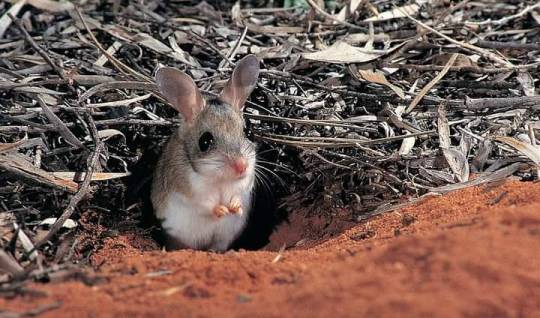
37 notes
·
View notes
Text
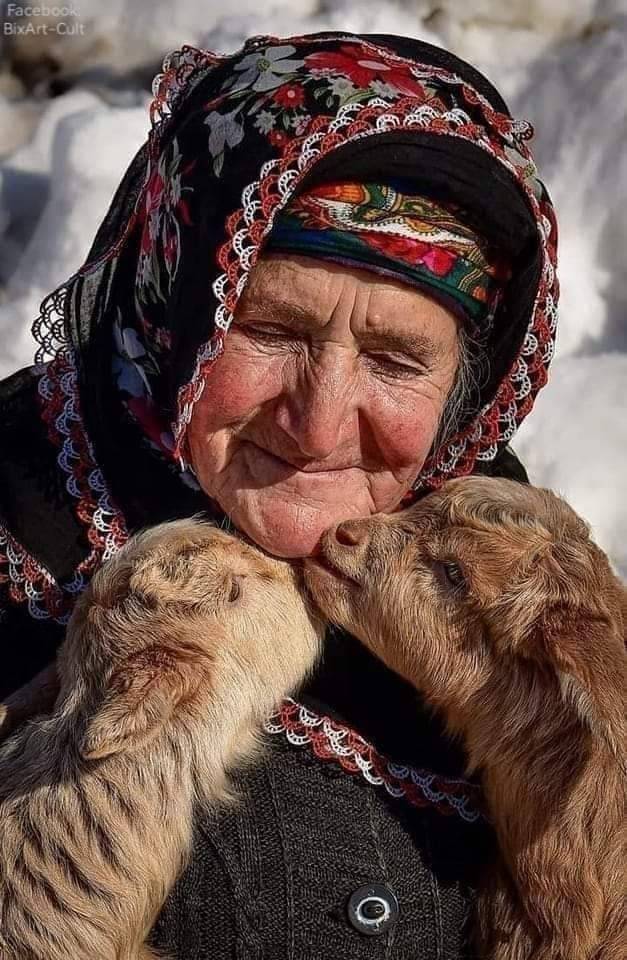
🐼 #Animaland ✨
🐐 "La capra è uno degli animali da reddito che ha accompagnato l’uomo sin dagli albori della sua esistenza sulla terra e per tutta l’evoluzione della pastorizia. Le tracce dei primi allevamenti di capre risalgono al 9000 a.C. e conducono ad alcune zone del Medio Oriente.
Qui, ancora oggi, si trova la razza caprina di più antica domesticazione, la aegagrus. Nel corso dei secoli, questo ovino è rimasto fondamentale per l’uomo ma di recente viene allevato anche come animale da compagnia. Una scelta apparentemente bizzarra, ma condivisa da un numero di persone sempre maggiore." ✍️
13 notes
·
View notes
Text

@niemalsetwas first off you are too kind. (it is a bit lonely out here in the niche side blorbo mines so i hope you don't mind me pinning this to the metaphorical fridge.)
second: ibex chips could totally be a real snack! a good bit of my early-days arcane order fic is motivated simply by thinking about food across human cultures and history. lintta lives somewhere near (around? south? ish?) of the modern city of perm, russia; assuming some leeway for climate change and trade networks, she'd totally have access to capra aegagrus. likewise, smoking food to preserve/improve flavor is even older than my little neolithic guys. i was imagining something like little bits of good dry (non-sticky) jerky, definitely smoky and perhaps a little sweet. a good complement to nuts and dried berries offered to a guest—but likewise, a thing that always makes me wish i had some myself when i reread this fic. 😂
5 notes
·
View notes
Photo

#OTD 6/9/1972 Competitors in the 1972 Scripps National Spelling Bee visited the White House. Fourteen-year-old Robin Kral of Lamesa, Texas, won the 45th annual student contest the previous day by correctly spelling “macerate.” A few of the 22 words he spelled correctly were occlusion, kibitzer, osteomyelitis, and hussar. Robin (wearing glasses) is shown here in the center of the front row of students. (Image: WHPO-9334-03)
Congratulations to 14-year-old Dev Shah of Florida who won the 2023 Bee last week! Shah won by correctly spelling “psammophile.” Other words he aced include poliorcetics, aegagrus, and schistorrhachis.
5 notes
·
View notes